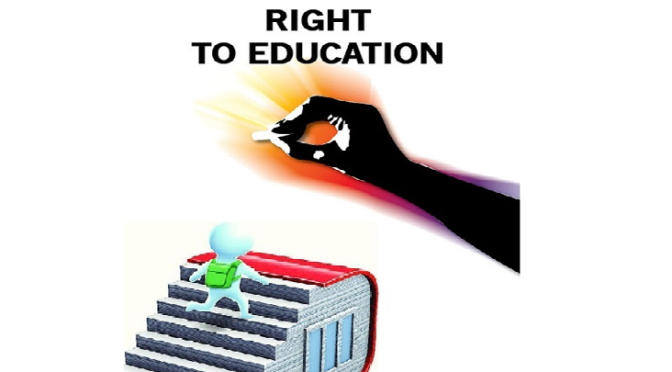
A lot of students tend to drop out after failing out. The Right to Education Act stipulated No detention policy to reduce the dropout rate. It allowed students to be promoted to next class even if they failed the examinations. The policy contributed to a reduction in drop rates which was crucial for fulfilling universal education goals at primary level. The detention policy was bought in place under the system of Continuous and Comprehensive Evaluation (CCE) which aimed to cultivate applied learning in children and replace the rot learning which had so deeply set in the Indian education system. It was expected that overtime the policy will revamp the delivery and quality of education in India at school level. Unfortunately, over ten years later, it is left at a position worse off than earlier.
According to the 10th Annual Status of Education Report (ASER 2014), only a fourth of all children studying in class 3rd can read a class 2nd text fluently. Even in class 5th , only 50% of the students are able to read class 2nd text. Report such as these and ground level situation has led to intense public debate over the issue. The Central Advisory Boards of Education (CABE) Sub Committee Report has criticized no detention policy for reducing the standard of education leading to low motivation among students to study and lack of teacher accountability.
Though, the review of CABE should emphasize on the performance indicators of CCE instead of focusing on end results. Moreover, the TSR Subramanian Committee Report on education has recommended doing away with no detention policy beyond class V, while suggesting that remedial coaching and two extra chances be offered to pass the exams to the student before actually detaining them.
Upper primary i.e. Class 6th to Class 8th witness the higher rate of drop outs in India. The presence of no detention policy in these classes aims to reduce this rate. But the reasons for drop out at this level are many and very few account for fear of failing the examination. In this sense, the no detention policy takes up a simplistic understanding of the problems.
Though, on its own, the no detention policy seems flawed. But clubbed with Continuous and Comprehensive Evaluation, it is a progressive step. It aims to judge the performance of students based on not just the examination but the holistic performance in a school which embodies within itself a wide range of parameters under the CCE. In such a framework the role of teacher became very demanding as they have to constantly evaluate children.
Nevertheless, such policy was destined to fail in India where the student-to-teacher ratio continues to be poor. Moreover, most teachers in India are not equipped to execute policies like CCE. As a result, the delivery of education continued to be at a subpar level and it did not yield the desired result.
No detention policy has, in fact, become the scapegoat for a larger problem whose solution lies elsewhere. In the present circumstance, taking in consideration the capabilities our educations system, it may be better to adopt TSR Subramanian Committee’s recommendation to see improvement in learning level. But it is in the provision of the RTE that we must find our eventual goal, viz. A system of school education that encourages and evaluated holistic learning.